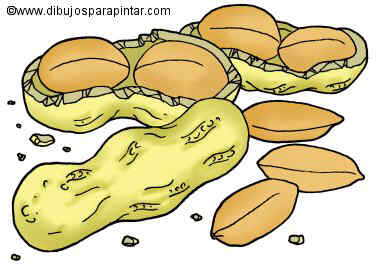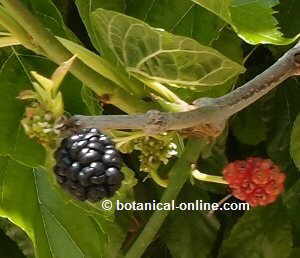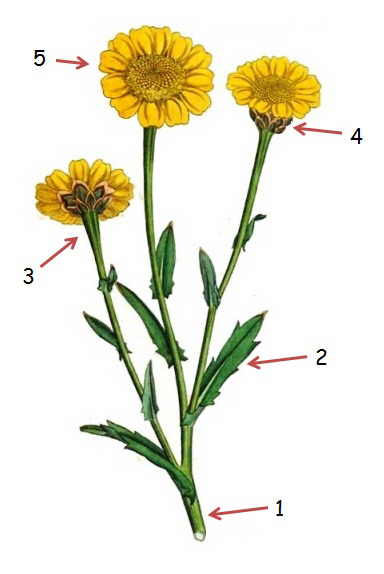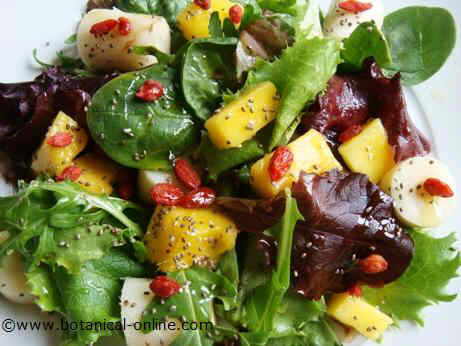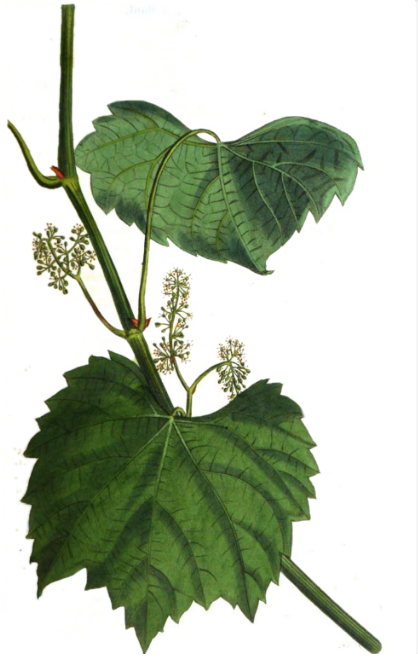Contents
What is inulin?
Inulin characteristics
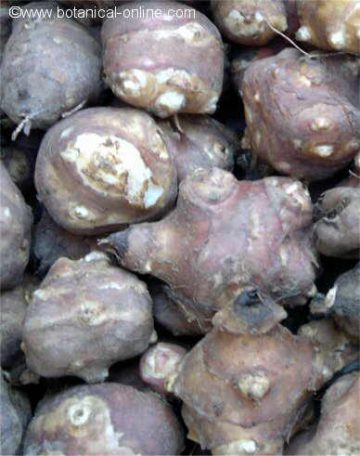
Inulin is one of the few prebiotic fibers that are polysaccharides, that is, a long-chain carbohydrate, while most are short-chain (disaccharides).
Inulin-rich foods
For commercial uses, it is extracted from chicory root, although it is also found in roots and plants such as Jerusalem artichoke and dandelion root, and in vegetables such as artichokes, agave, thistles, onions, garlic, banana, salsify or calendula.
Inulin properties
In vivo studies have shown that inulin consumption increases the population of healthy bacteria such as lactobacilli (Lactobacillus) and bifidobacteria (Bifidobacterium), and reduces pathogenic bacteria of the genus Clostridium and Escherichia coli.
Therefore this type of fiber improves the intestinal flora making it useful for the diet for diarrhea, intestinal infections, constipation, cholesterol, etc.
In addition, inulin provides an added benefit over other prebiotics, as it has been observed that intestinal absorption of calcium and magnesium increases by up to 65% with the consumption of this type of fiber.
There are very comprehensive studies on the probiotic properties of agave juice (mead) due to its inulin content.
Uses of inulin
Inulin is used in the food industry to replace fat (it is used to improve the consistency of low-fat cheese) and as a prebiotic.
It manages to improve the texture of skimmed dairy, providing consistency in a product with less fat.
*Related information: Soluble fiber types
![]() More information on fiber
More information on fiber

